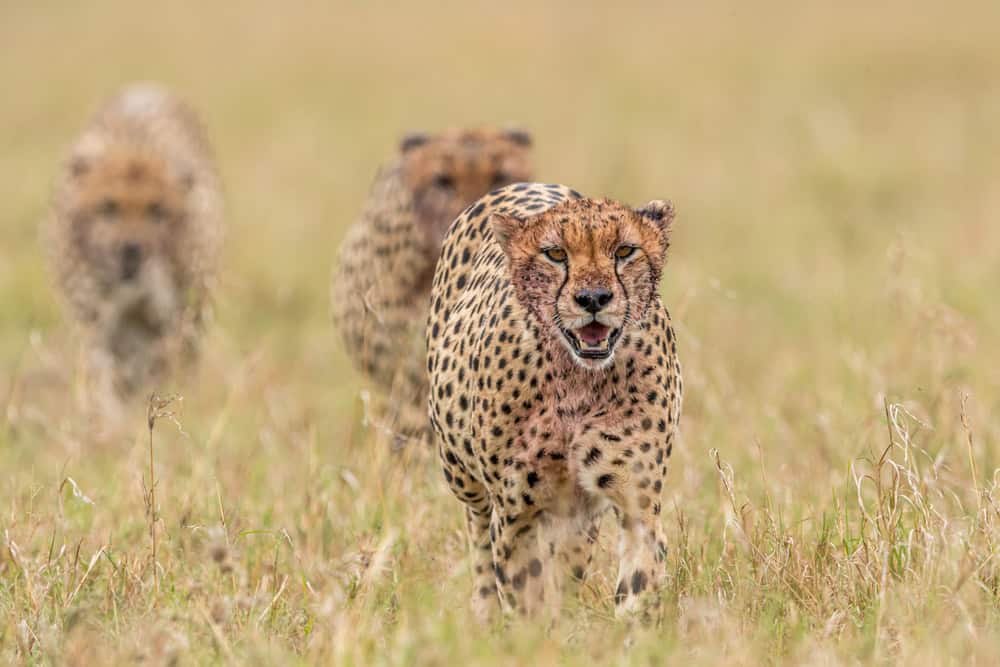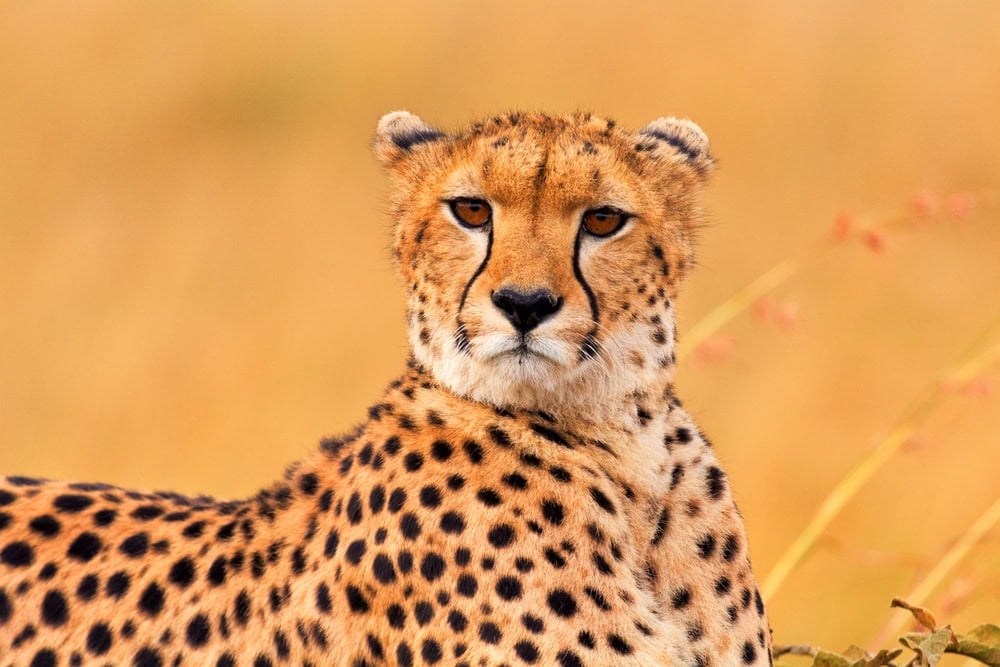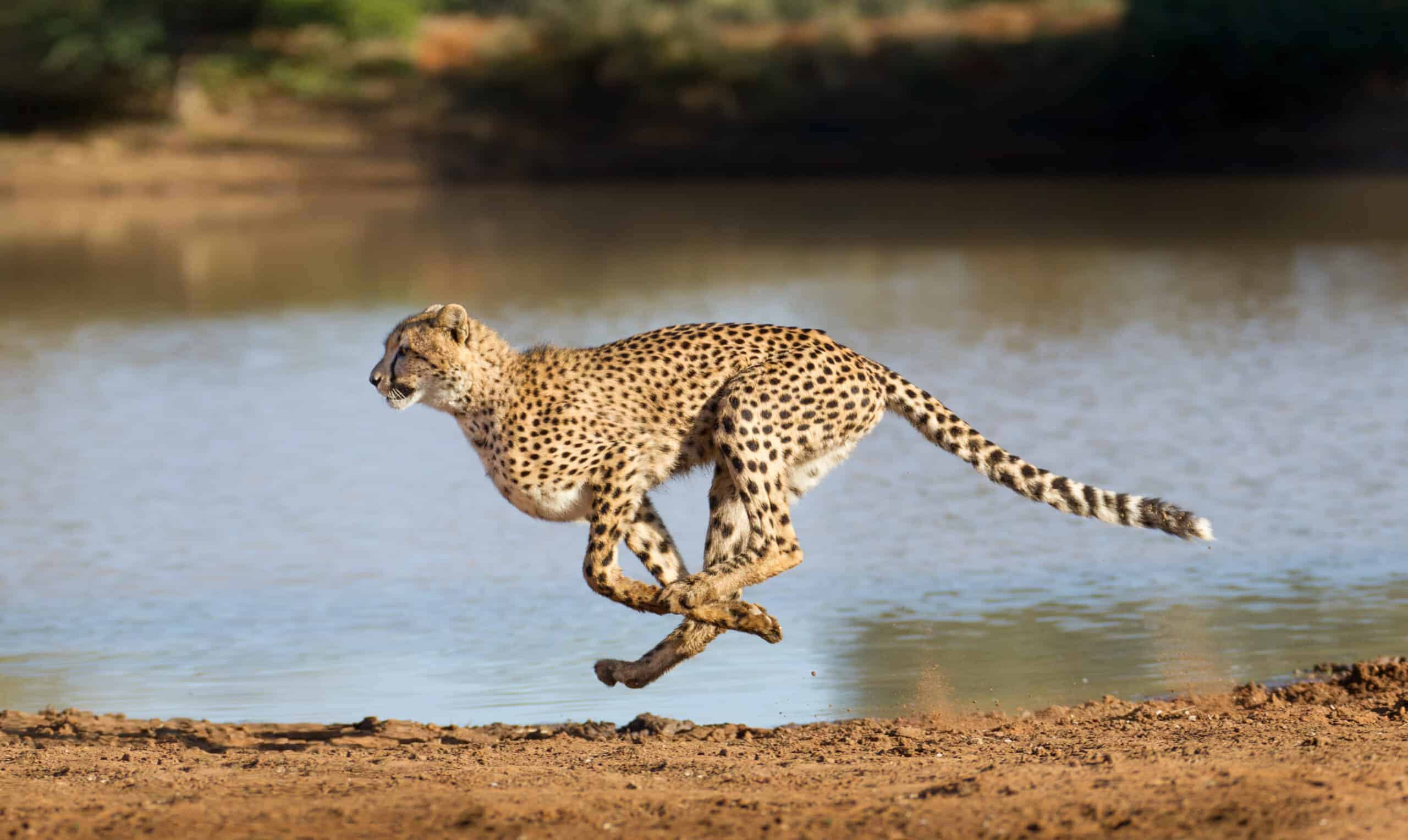Cheetahs are renowned for their incredible speed, which makes them the fastest mammals on Earth. Their ability to reach and sustain such high speeds is a result of various unique physiological and anatomical adaptations. Here, we delve into what makes cheetahs such extraordinary sprinters.
Muscular Build and Skeletal Structure

Powerful Leg Muscles

Cheetahs have exceptionally strong and powerful leg muscles that provide the necessary force for rapid acceleration. These muscles are highly efficient at converting energy into explosive speed, enabling cheetahs to reach 60-70 miles per hour in a matter of seconds.
Flexible Spine

The cheetah’s spine is incredibly flexible, acting like a spring during running. This flexibility allows for a greater stride length, meaning cheetahs can cover more ground with each step. Their spine’s elasticity helps them to stretch their bodies out and then contract them in rapid succession, contributing to their speed.
Specialized Limb and Claw Structure

Long Limbs

Cheetahs possess long, slender limbs that are built for speed. Their legs are longer in proportion to their bodies compared to other big cats, allowing for an extended stride and more powerful propulsion with each leap.
Non-Retractable Claws

Unlike other cats, cheetahs have non-retractable claws that function like cleats. These claws dig into the ground, providing extra grip and traction during high-speed chases. This adaptation helps prevent slipping and enhances their ability to make quick, sharp turns while pursuing prey.
Enhanced Respiratory and Circulatory Systems

Enlarged Nasal Passages

Cheetahs have large nasal passages that allow for a greater intake of oxygen. This is crucial during a high-speed chase, as their muscles require a significant amount of oxygen to sustain such rapid movements.
Large Lungs and Heart

The size of a cheetah’s lungs and heart are larger relative to its body size compared to other mammals. This enables efficient oxygen distribution throughout the body and supports the intense physical exertion required during a sprint. Their hearts pump more blood per beat, ensuring that their muscles receive ample oxygen.
Tail for Balance and Steering

Long, Muscular Tail

A cheetah’s tail is long and muscular, acting as a rudder to steer and maintain balance during a chase. The tail helps counterbalance the body, allowing for sharp turns and quick directional changes without losing speed or stability.
Burst of Speed

Cheetahs rely on short bursts of speed rather than long-distance endurance. They typically hunt during the day, using their keen eyesight to spot prey from a distance. Once they lock onto a target, they approach stealthily and then accelerate rapidly to catch their prey within a matter of seconds.
Energy Conservation

While cheetahs can reach incredible speeds, they can only maintain them for about 20-30 seconds. After a sprint, they need to rest and cool down, as the exertion generates a significant amount of body heat. Their hunting strategy is therefore highly efficient, targeting quick, decisive chases rather than prolonged pursuits.
Aerodynamic Body Shape

Sleek, Streamlined Build

Cheetahs have a sleek, streamlined body that minimizes air resistance. Their small, rounded head, narrow waist, and slim body all contribute to reducing drag while running at high speeds. This aerodynamic shape allows them to move swiftly through the air with minimal resistance.
Conclusion

Cheetahs are equipped with a remarkable set of adaptations that make them the fastest mammals on the planet. Their ability to reach and sustain such high speeds is a result of various unique physiological and anatomical adaptations.
Join our Forum for free today!

- Do You Have Venomous Snakes in Your Yard? Here’s How To Find Out! - July 2, 2024
- What You Need To Know About Sloths - June 27, 2024
- Top 10 Reasons You Should Consider Adopting an Animal From a Shelter - June 17, 2024
